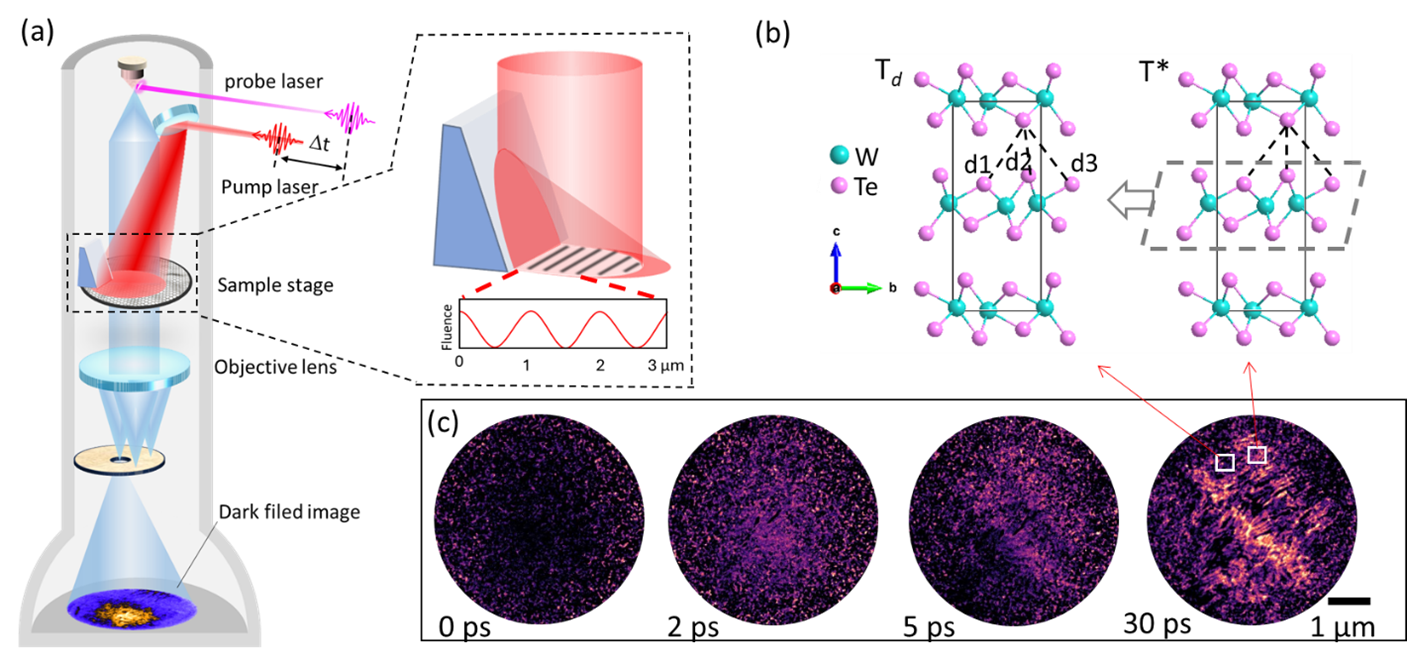
Figure 1. (a) Schematic illustration of the experimental UEM geometry and sample excitation. (b) atomic structure mode of WTe2 in Td and T* phase. (c) DF imaging of an optically patterned structural phase transition.
Control of Phonons and Topology by Structured Light
Controlling topological invariants, particularly at the nanoscale and ultrafast timescales, is crucial for the study of topological properties and advancing quantum device technologies. In recent study, we present a dynamic approach for topological state control in 2D materials, enabling transient phase patterning in nanoscale. Using a transient optical grating generated with femtosecond pulsed laser, we successfully induce a patterned topological phase transition in WTe2. An integrated topological phase patterned with both topological (Td) and topologically trivial phase (T*) at the nanometer scale is demonstrated. The phase growth and phase evolution at the interface is studied in dark field images. Furthermore, optical phonons are demonstrated to be confined with the transient optical grating, implying the modulation at the nanometer scale. This work showcases the capabilities of ultrafast transmission electron microscopy (UEM) and establishes a novel platform for exploring topological boundary states, paving the way for the development of nano-quantum devices based on topological materials.
The time-resolved experiment was performed in an UEM (based on a JEOL JEM 2100) operating at 200 kV. The electrons are detected by a hybrid pixel detector. The electron bunches (probe electrons) were generated through photoemission from a guard ring LaB6 cathode by 258 nm laser pulse illumination. The sample was excited by a λ = 1030 nm and 300 fs laser pulse (pump). The time delays between the pump and probe pulses were controlled using a motorized delay stage varying the optical path length of the pump beam. The structured light field is designed for the WTe2 samples excitation, that is the pump beam is split to two paths and then interferes to generate transient optical gratings at the sample plane (Figure 1(a)), resulting in pump fluence in sinusoidal variation. The pump laser has an average incident fluence of ∼5 mJ/cm2. at a repetition rate at 12 kHz.
The work was carried out by Jianyu Wu, Gaolong Cao, Arthur Niedermayr and Jonas Weissenrieder at UEM lab located at KTH.
